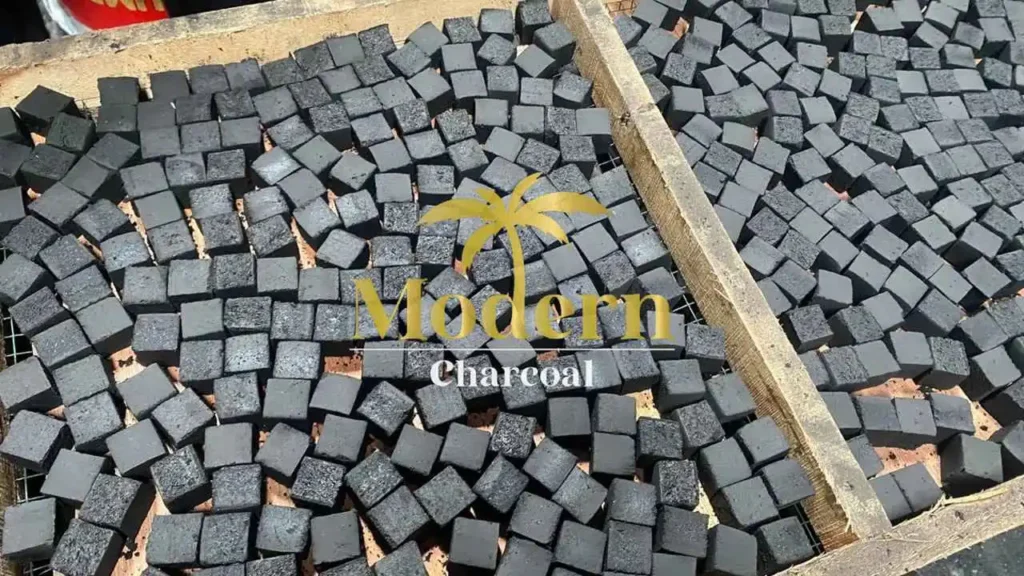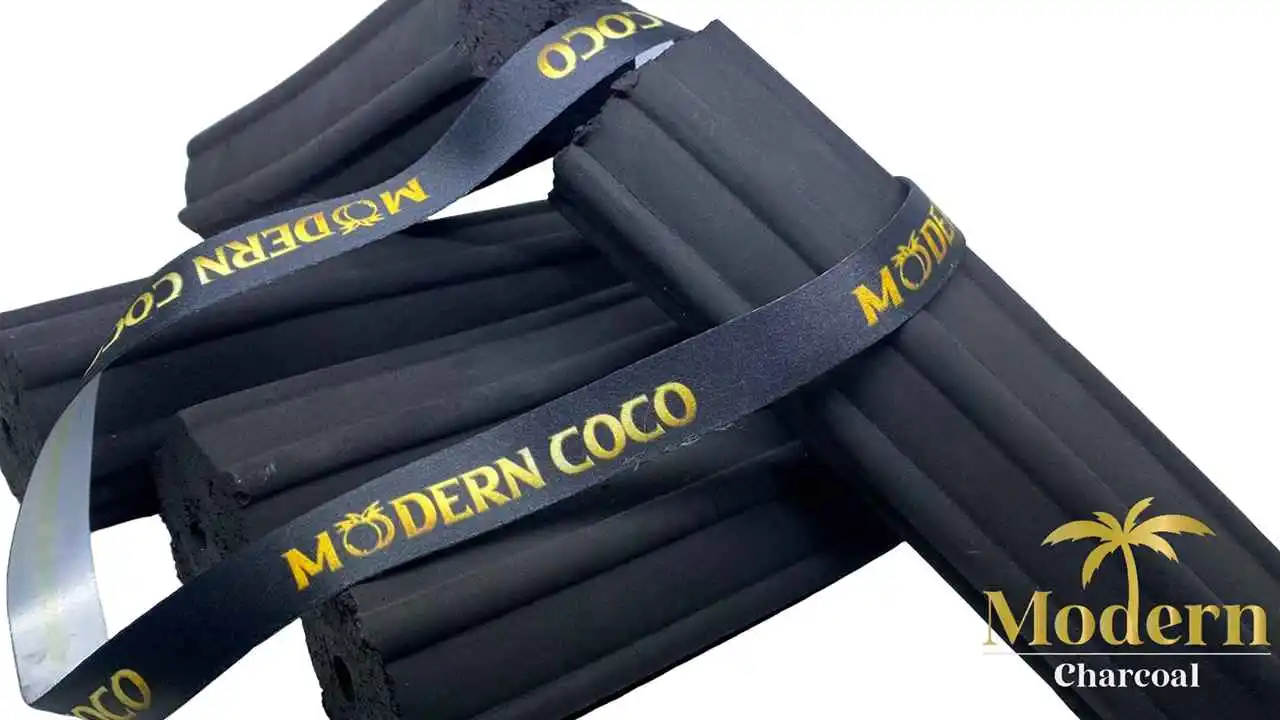Coconut Shell Charcoal Briquettes In recent years, the global community has increasingly focused on sustainable living and eco-friendly practices to combat climate change and preserve the planet for future generations. One area that has seen significant innovation is the development and use of sustainable fuel sources. Among these, coconut shell charcoal briquettes stand out as a promising solution that offers both environmental and economic benefits. This article explores the advantages of coconut shell charcoal briquettes and their role in promoting sustainable energy practices.
What Are Coconut Shell Charcoal Briquettes?
Coconut shell charcoal briquettes are made from the shells of coconuts, a resource that is abundant in tropical countries. The process involves collecting the shells, carbonizing them at a high temperature, and then crushing and mixing the charred shells with a natural binder to form briquettes. These briquettes can be used as a renewable and eco-friendly alternative to traditional charcoal and firewood for cooking, heating, and even as a fuel for industrial applications.
Environmental Benefits
Reduction of Waste
One of the primary benefits of using coconut shell charcoal briquettes is the reduction of waste. Coconut shells are a by-product of the coconut milk and oil industries, which would otherwise be discarded and contribute to landfill waste. By transforming these shells into charcoal briquettes, we not only reduce waste but also turn it into a valuable resource.
Low Carbon Footprint

Coconut shell charcoal briquettes have a significantly lower carbon footprint compared to traditional charcoal and firewood. The carbonization process captures the carbon that would otherwise be released into the atmosphere if the shells were left to decompose naturally. Moreover, these briquettes burn cleaner and more efficiently, producing less smoke and fewer pollutants.
Sustainable Resource
Coconuts are a renewable resource, with coconut trees bearing fruit multiple times a year. This ensures a steady supply of coconut shells for charcoal production without the need for deforestation or the depletion of other natural resources.
Economic Benefits
Empowering Local Communities
The production of coconut shell charcoal briquettes provides economic opportunities for local communities in tropical regions. It creates jobs in collection, production, and distribution processes, supporting local economies and promoting sustainable development.
Energy Independence
For countries that rely heavily on imported fuel, coconut shell charcoal briquettes offer a path towards energy independence. By utilizing a locally available resource, these countries can reduce their dependence on foreign oil and gas, thereby enhancing their energy security.
Applications and Uses
Coconut shell charcoal briquettes are versatile and can be used in various settings, including:
– Household Cooking: They provide a clean and efficient source of heat for cooking, with a high heat output and long burn time.
– Barbecuing: Their ability to burn at a consistent temperature without producing a lot of smoke makes them ideal for grilling.
– Industrial Purposes: They are used in metal industries, water purification, and even in air purification systems due to their high carbon content and porosity.
In the heart of sustainability and innovation, the coconut shell charcoal briquettes factory stands as a beacon of environmental stewardship and economic growth. This article delves into the world of coconut shell charcoal briquettes, exploring their production process, benefits, and the impact they have on both the environment and communities around the globe.As the world moves towards more sustainable and eco-friendly energy sources, coconut shell charcoal briquettes offer a viable solution that benefits both the environment and the economy. Their production and use align with global efforts to reduce carbon emissions, manage waste more effectively, and promote renewable resources. Here’s a comprehensive guide on how to make charcoal briquettes from coconut shells.
Materials Needed
Coconut shells
Binder (starch, cassava flour, or paper pulp)
Water
Large drum or metal container for burning
Briquette press
Step 1: Preparation of Coconut Shells
Start by collecting dry coconut shells. Ensure they are free from meat or coconut water. Crush the shells into smaller pieces to aid in the carbonization process. The smaller pieces increase surface area, making it easier to burn them completely.
Step 2: Carbonization
Carbonization is the process of converting coconut shells into charcoal. Fill a large drum or metal container with the crushed coconut shells and light them on fire. Cover the drum with a lid to limit the amount of oxygen entering, which helps in the carbonization process. This should be done in a well-ventilated area to allow smoke to escape safely. The burning process takes about 3 to 8 hours, depending on the quantity of coconut shells. The end product should be a drum of black, charred coconut shell pieces.
Step 3: Crushing and Mixing
Once the coconut shells are carbonized, crush them into a fine powder using a hammer or a similar tool. The finer the powder, the better the quality of the briquettes. After crushing the charcoal, mix it with a binder. This can be starch, cassava flour, or paper pulp. The binder helps in holding the charcoal powder together. Add water to the mixture until it reaches a dough-like consistency.
Step 4: Shaping the Briquettes
Using a briquette press, shape the mixture into briquettes. If you don’t have a briquette press, you can also mold them by hand or use makeshift molds, such as plastic containers or cardboard boxes. Ensure the briquettes are compact and uniform in size for consistent burning.
Step 5: Drying
Lay the formed briquettes out in the sun to dry for at least 3-7 days. The drying time will depend on the weather and humidity levels. The briquettes are ready when they are dry, hard, and have a solid, firm structure. Avoid using them if they feel damp or crumble easily, as this indicates they need more drying time.
Tips for Success
The quality of the briquettes largely depends on the carbonization process. Ensure that the coconut shells are completely burned to charcoal.
The binder ratio in the mixture is crucial; too much binder will result in brittle briquettes, while too little will make them fall apart. A general guideline is to use about 5% of the total weight of the charcoal powder.
Experiment with different shapes and sizes of briquettes to find what works best for your needs.
Store the dried briquettes in a dry place to prevent them from absorbing moisture from the air.
Investing in the infrastructure and technology needed to produce coconut shell charcoal briquettes on a larger scale can accelerate their adoption and impact. It is an opportunity for businesses, governments, and communities to collaborate on sustainable energy solutions that contribute to a greener, more sustainable future.
In conclusion, coconut shell charcoal briquettes represent not just an alternative fuel source but a step towards a more sustainable and environmentally conscious world. Their adoption can help mitigate climate change, reduce waste, and provide economic opportunities in regions rich in coconut resources. As such, they embody the principles of sustainable development and offer a model for other sustainable energy initiatives to follow.
Reference : Briquette



